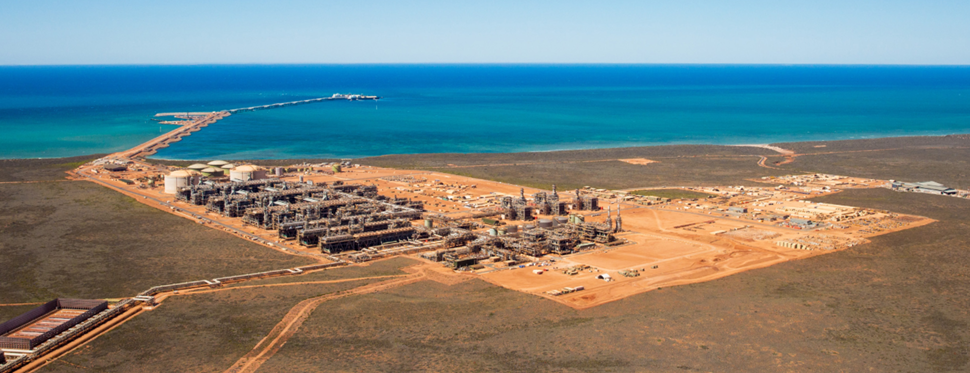
Chevron has revealed that its Gorgon carbon capture and storage (CCS) facility in Western Australia is running at just a third of its planned capacity.
Speaking at an Australian Petroleum Production and Exploration Association event in Adelaide, Chevron Australia’s David Fallon said Gorgon’s carbon capture “rates today are about one third where we’d like it to be”.
However, he still considers the Gorgon project a success, adding “even with the challenges we have had, it remains the world’s largest stand-alone CO2 storage facility solely focused on storage”.
The project, which sequesters carbon under Barrow Island off Western Australia’s Pilbara Coast, has captured seven million tonnes of CO2 since it began operating in August 2019, according to Chevron.
This falls hugely short of its intended target of four million tonnes per year of CO2 stored.
Chevron recently announced plans to conduct major drilling work to improve the underperforming Gorgon carbon capture facility.
Many have criticised the failures of Gorgon and argued that they prove that carbon capture is not a viable solution to mitigate climate change. Australian Federal Minister for Industry, Science and Technology Ed Husic commented: “If you look at what happened with Gorgon, they have put a lot in there, but they have had a lot of troubles along the way in terms of development and the application of the technology, and really what we need is at scale.”
However, Australian Resources Minister Madeleine King has backed the use of carbon capture technology, calling it the “single biggest opportunity for emissions reduction in the energy resources sector”.



